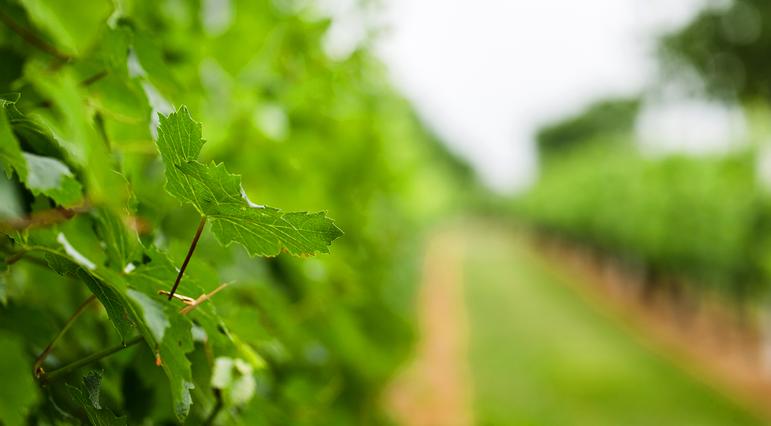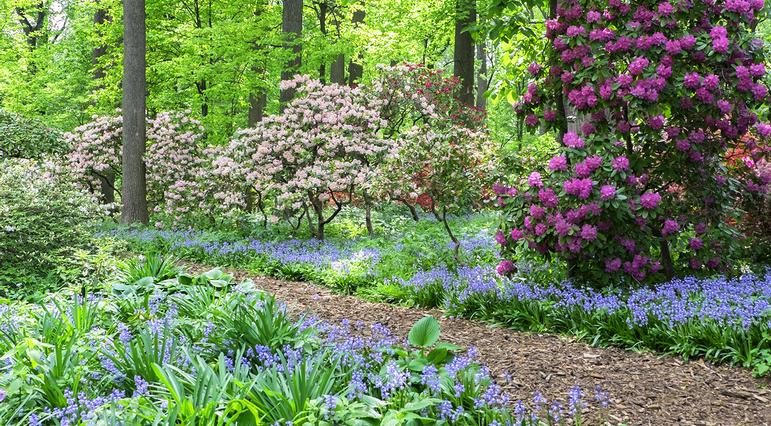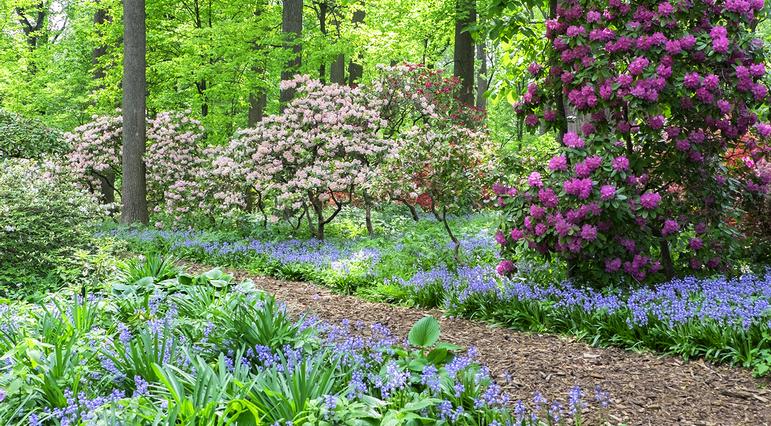USDA Zones and How to Use Them

USDA growing zones were created to help gardeners understand which plants are best-suited for thriving in their local landscape—a super useful tool once you know how to use it!
USDA Zones and How to Use Them
If you’ve ever brought home a new plant for your garden or even browsed a garden center, you’ve probably heard of hardiness zones before. But what do they really mean? If you never completely understood what exactly USDA planting zones are, here’s what you should know:
What are USDA Zones?
Also called planting, hardiness, or growing zones, these designations are intended to help farmers and gardeners understand what they can and cannot grow, depending on the climate of their region. They were developed by the US Department of Agriculture based on the average winter temperatures in each area.
There are thirteen different growing regions spread across North America, each representing a 10°F increase in average winter temperature. Zone 0, which covers Northern Alaska, is the coldest category, with temperatures as cold as -50°F, while the hottest region, Zone 13, covers tropical Puerto Rico. Some are even broken down into 5°F subzones, categorized as a and b.
The easiest way to understand these hardiness regions is to take a look at the USDA plant hardiness map, which provides a great visualization of how these regions are spread out across North America.
What is My Planting Zone?
The state of Delaware, as small as we are, actually spans two different hardiness zones, and three different subzones. Our USDA grow zone here in Hockessin is 7a, which holds true for most of our state. However, the northern tip of Delaware falls under 6B, while some areas in southern Delaware fall under 7b.
Living in the 7a grow zone, we get to experience four very distinct seasons in our region, though our weather is often unpredictable. Although the variation is (sometimes) nice, this can also mean extreme conditions that wreak havoc on our plants. It’s not uncommon for us to believe that spring has arrived, only to be hit with an overnight frost or even a late March snowstorm, effectively undoing any planting or seeding we may have already done. With variable conditions, we have to pay attention to not only expected frost dates, but also other things like summer drought or winter road salt, which can damage our gardens.
How to Use USDA Hardiness Zones
So what does all of this mean? It simply means that you should consider your local climate when selecting new plants for your garden choosing those that are compatible with hardiness Zone 7a. However, keep in mind that you aren’t just limited to our one little category! Anything hardy to a zone below ours (0-6) can also survive winters colder than ours, so they’re fair game, too! Generally, you can find all of this information on the seed packets or plant tags of any perennial for sale at a garden center.
You’ll be happy to know that our options are far from limited here in Delaware, with loads of great plant choices that thrive in 7a. When you plant within or below your zone, you’re starting on the right foot with plants that are either native to the region or that have proven to adapt well to the conditions of the area. That means they’re also often lower maintenance than other choices, so you can spend less time working on your yard and more time enjoying it!
Planting Outside Your Zone

If there’s a plant you’re dying to add to your garden but falls under a higher zone, you may just be able to get away with it. Plants that belong to Zone 7b or even Zone 8 can still be grown here in Hockessin, but you’ll have to give it a little extra TLC to make it feel at home. If you grow anything above a Zone 8, just keep in mind that it will behave as an annual and is unlikely to survive through our winter.
Usually, planting slightly out-of-zone plants in containers is a great idea, as containers provide a warmer, cozier home than the ground. Plus, pots are easy to relocate, so you’ll be able to bring them inside and shelter them during the cold winter months to protect them from frost. If they’re better suited for being planted right in the ground, adding a layer of mulch to insulate their roots and covering them appropriately from wind and winter weather can go a long way.
Knowing which USDA zone your region falls under will allow you to select suitable plants for your garden and help you understand their needs, making for a much more successful garden. While planting outside of your category is still possible, those plants will require extra care and attention, including winter protection, to keep them alive. Come see us at Gateway Gardens and we’ll help you pick out some lovely plants that are sure to embrace our climate right here in Hockessin.
